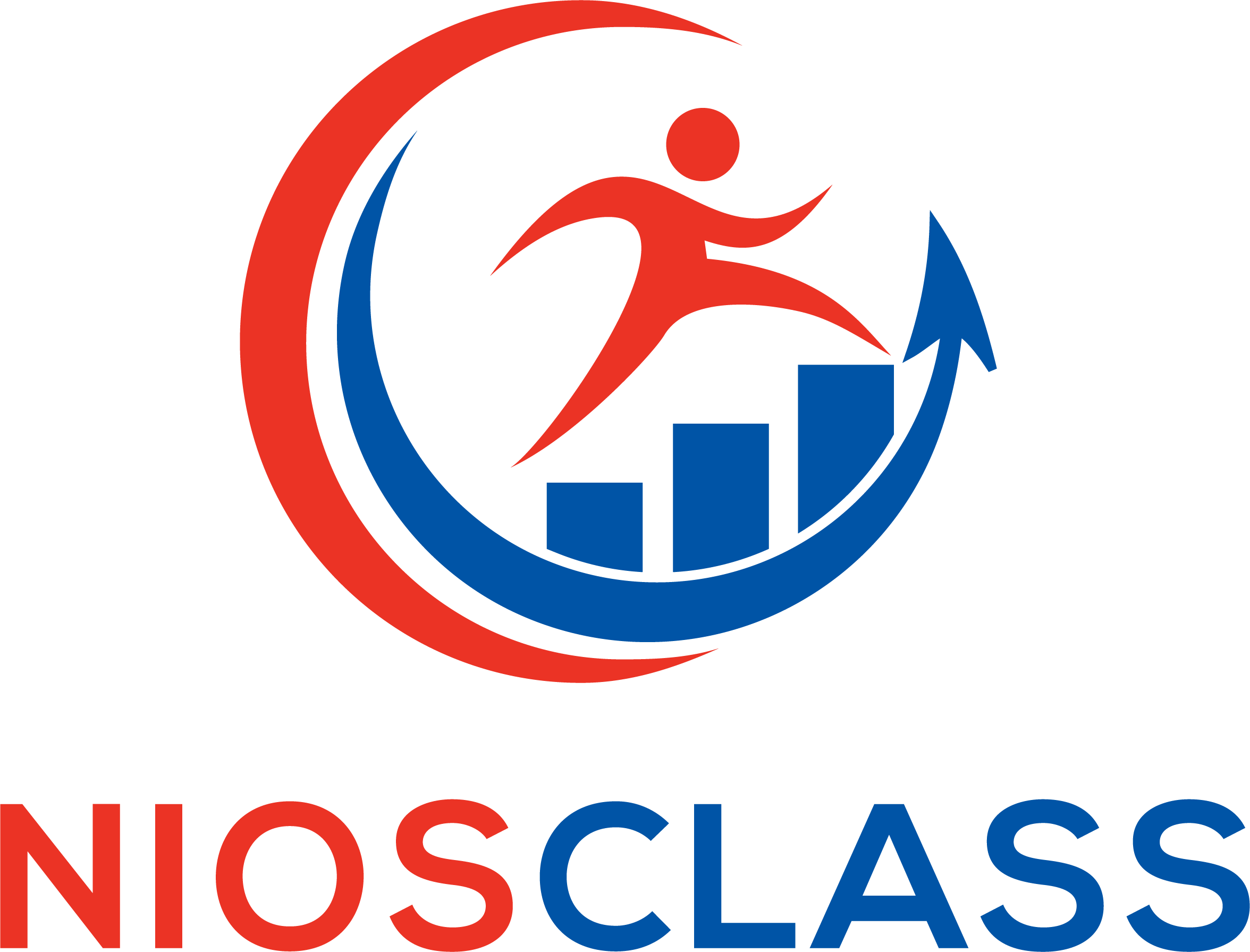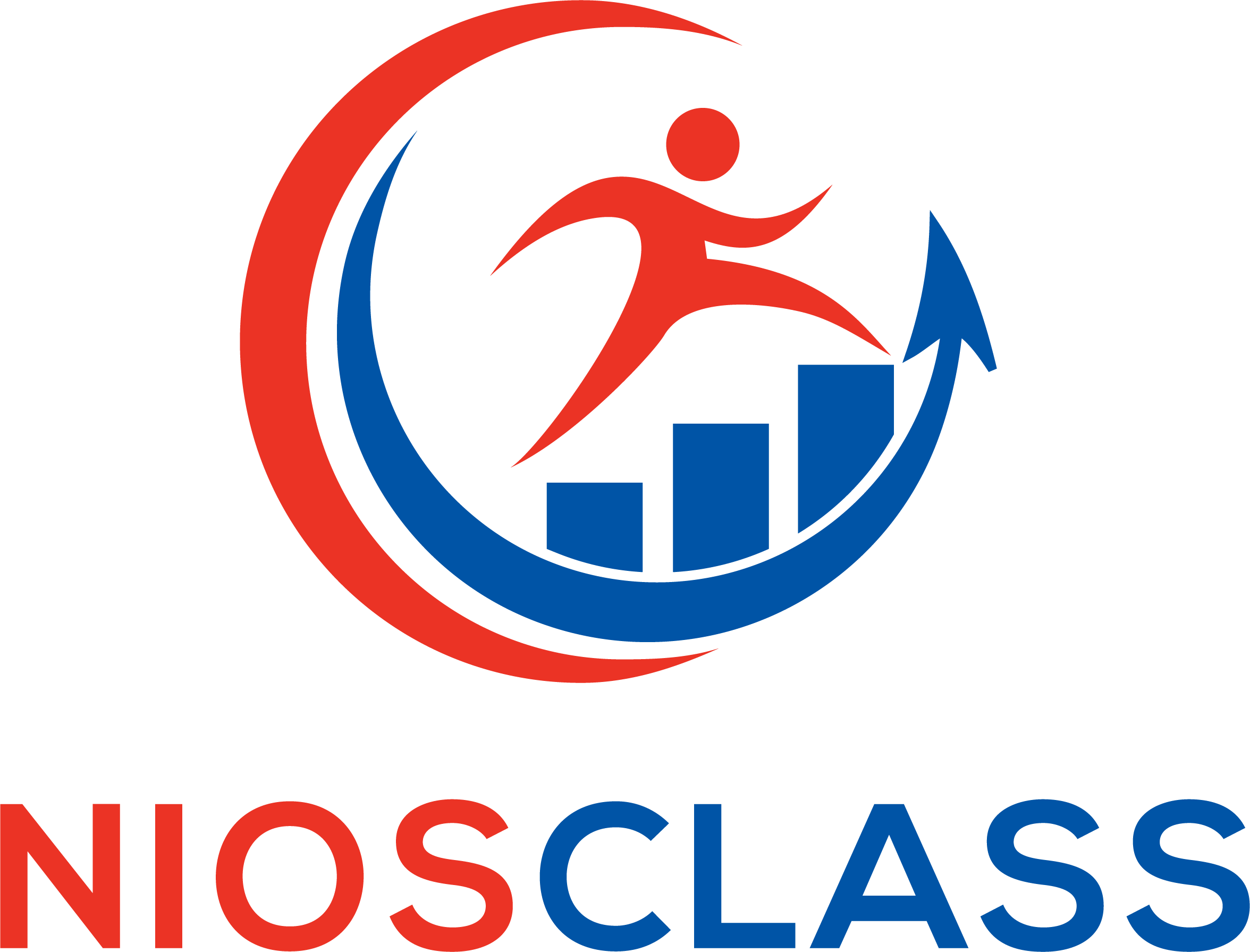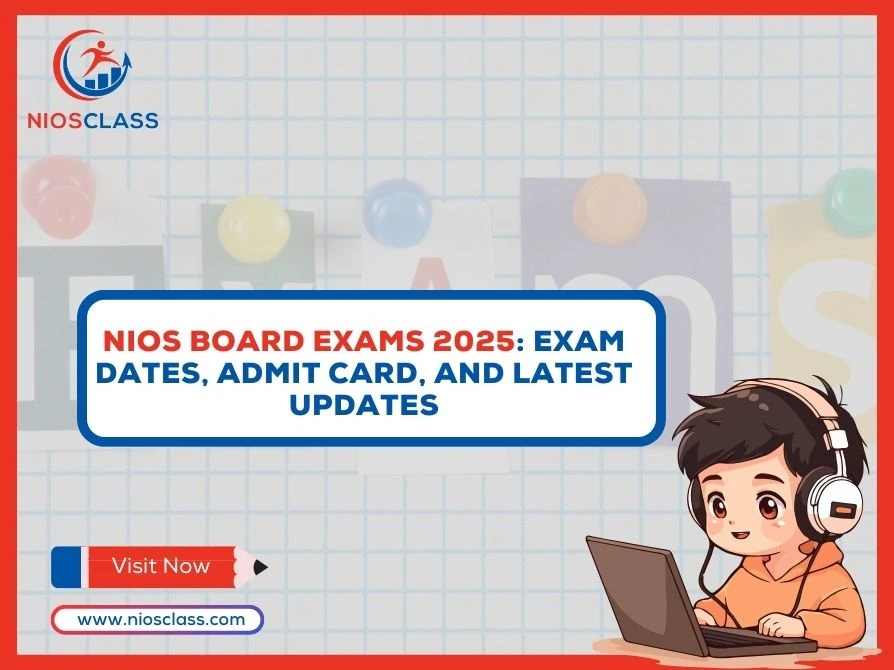
Achieving 80% Score in NIOS Exams – NIOS Class Guide
March 12, 2024
How much time should you study daily for the NIOS Exam
March 27, 2024How Pandemic Changed Education
The world was caught off-guard by the COVID-19 pandemic, and every sector had to adapt swiftly to the new normal, especially education. In India, a country with a rich educational heritage yet plagued by infrastructural and sociology-economic disparities, the pandemic catalyzed an unprecedented transformation. Let’s unravel how India’s education system has metamorphosed in the aftermath of COVID-19, focusing on modern teaching methods, the transition from traditional classrooms, the integration of digital technology, and the considerations for mental and physical health.
5 Changes in Education System
Modern Methods of Teaching
The dominance of rote learning in Indian classrooms is a thing of the past. The post-pandemic era has ushered in a pedagogical shift towards more interactive and student-cantered learning approaches. Educators are now incorporating problem-based learning, flipped classrooms, and experiential learning into their curriculum. This not only makes learning more engaging but also equips students with critical thinking and problem-solving skills vital in the 21st-century workplace.
Transforming the Traditional Classroom
The traditional Indian classroom, characterized by chalk, talk, and a one-size-fits-all approach, is undergoing a radical makeover. With social distancing norms and intermittent lockdowns, educational institutions have had to rethink their delivery methods. Hybrid learning models, combining online and in-person teaching, are becoming the new norm. This blend offers flexibility, ensuring that learning continues unabated, regardless of external circumstances.
The Digital Technology Infusion
May be the most significant silver lining of the pandemic has been the accelerated adoption of digital technology in education. Platforms like NIOS Class, Zoom, Meet, Google Classroom, and apps like Byju’s have become household names, enabling continuity in education even in the remotest corners of India. The government’s push towards digital initiatives, such as the National Digital Education Architecture (NDEAR) and DIKSHA, further underscores the commitment to digitizing education and making it more accessible.
Mental and Physical Health
The sudden shift to online learning, coupled with the isolation imposed by the pandemic, has brought students’ mental and physical health into sharp focus. Schools and colleges are now more attentive to the importance of mental well-being, incorporating mindfulness, yoga, and counselling sessions into their routines. Physical education, too, has adapted, with online fitness classes and challenges keeping students active and engaged.
The Advent of Digital Materials
Textbooks and notebooks are gradually making way for e-books and online resources, transforming the way students access and interact with educational content. The government’s e-Basta project is a step towards building a framework to make digital textbooks and educational resources available to all, ensuring that quality learning materials are just a click away for every student.
Conclusion
The education landscape in India post-COVID-19 is evolving at an unprecedented pace. The crisis has been a catalyst for change, pushing the boundaries of traditional education and paving the way for a more inclusive, flexible, and technology-driven future. As we navigate this new era, the focus remains on creating resilient educational ecosystems that can withstand any challenge and continue to nurture the minds of tomorrow.





